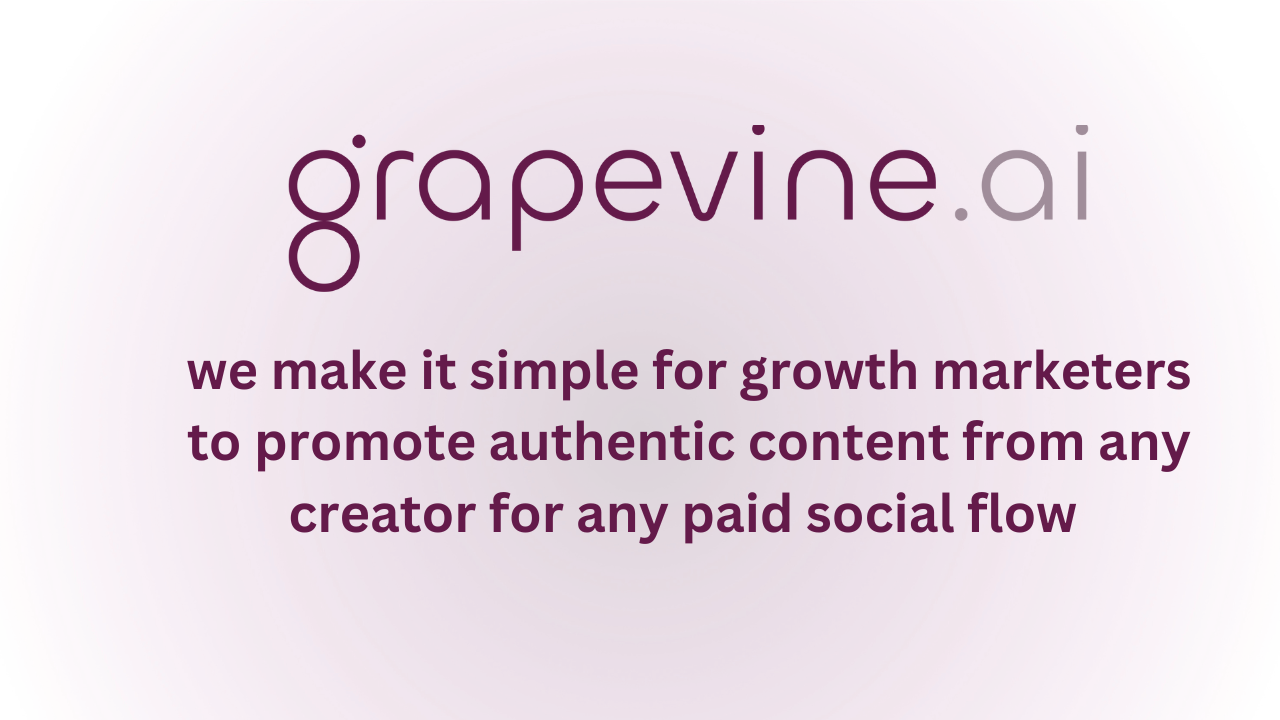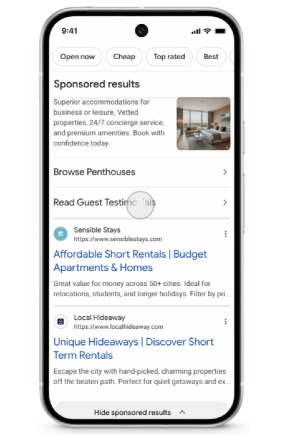Warm up Lists, Not Pixels
💪Preload trust layer that do the work before the ad fires, Google Refines Ad Controls, UI, and Attribution Clarity, and more!

Hey there Smarty 👋
Are you geared up to catch the latest and greatest in quick shorts?
And just a quick heads-up! If you stumbled upon us through a friend, make sure to subscribe here! That way, you’ll never miss out on the trending shorts.

💪Warm up Lists, Not Pixels
Product launches break not because the offer is weak, but because belief wasn’t built before the click.
Most DTC brands treat their newsletter like a billboard: static, late, and reactive. But high-velocity operators use it like infrastructure, a preloaded trust layer that does the work before the ad fires. It doesn’t just warm traffic. It rewires how the buyer thinks about price, status, and timing, weeks before the product is even for sale.
And in 2025, when acquisition costs are punishing and cash cycles are unforgiving, this is the difference between sellouts and stockpiles.
🧠 The Real Launch Stack: Ads Don’t Drive Belief, Newsletters Do
Forget “pre-launch buzz.” That’s entry-level.
The real game is pre-conversion conditioning, using the inbox to script the psychological runway that the ad can land on cleanly. This isn’t storytelling for engagement. It’s context injection at scale:
- Week 1: Shift the frame (“Why current X solutions are broken”)
- Week 2: Seed the future (“What a better X looks like”)
- Week 3: Reveal alignment (“We built it for people like you”)
- Week 4: Then launch (“Get early access now”)
By the time the paid media hits, the reader isn’t deciding if they want it, they’re relieved it’s finally available.
This strategy collapses if your list is full of passive skimmers. You need readers with real intent, not just inbox presence.
That’s where TrafficGrid earns its keep, not just by dropping sub-$1 leads, but by curating interest-aligned subscribers who actually want to hear from you. These aren’t just email collectors, they’re belief-layer accelerants.
In multiple launches, TrafficGrid-fed lists converted 2.3x higher not because the leads were cheaper, but because they responded to narrative. They were primed to believe, which means they were ready to buy. You can book your free strategy call and scale your Newsletter now.
🔄 Why This Isn’t Just a “Content Strategy”
Treating the inbox like infrastructure creates 3 deep-stack advantages:
- Faster Capital Recovery – Launches convert more up front, which closes your CAC:LTV gap days faster.
- Cashflow Agility – High-trust launches mean inventory moves quicker, freeing up working capital without external debt.
- Belief Compounding – Every newsletter shapes not just current buyers, but future launch readiness, you’re building demand equity.
The inbox becomes your conversion engine, debt reducer, and brand moat. All in one.
Don’t just grow your list. Build launch infrastructure. Feed it with the right people, and engineer for belief, not just visibility.

Together with Grapevine
🔥 Your Performance UGC Engine, Done-for-You

Audiences scroll past glossy branded ads - but 90% of consumers say authenticity matters when choosing brands.
That’s why Grapevine’s UGC ads consistently beat branded creative CPAs by 20%+. For scaling consumer brands on Meta, TikTok, and Google, Grapevine is your partner of choice:
- They write your briefs, source and vet creators, and handle negotiations - so you don’t waste cycles chasing contracts or managing back-and-forth
- They deliver data-driven creative iterations designed to unlock winning ads that scale
- They bring an expert creator network - from doctors and coaches to makeup artists and financial advisors - adding authority and trust to every campaign
Brands like Arrae and Honeylove scaled testing velocity and cut CPAs by over 20% with Grapevine campaigns.

🧭 Google Refines Ad Controls, UI, and Attribution Clarity
Google and Meta are rolling out updates that reshape how advertisers control, measure, and interpret ad performance, from cleaner Search interfaces to more transparent attribution models. Each update reflects a shared push toward simplicity, accountability, and user control across platforms.

The Breakdown:
1) Clearer Ad Navigation in Google Search - Google is improving ad visibility with a new “Sponsored results” label that groups text and Shopping ads under one header on desktop and mobile. The label remains visible as users scroll, and a new “Hide sponsored results” option lets them collapse ads to view only organic results.
2) Updated Auto-Apply Recommendations in Google Ads - Google Ads has relocated the Auto-Apply Recommendations control within its interface, now placed above the recommendations section. The change simplifies access and ensures advertisers can quickly enable or disable automated optimizations after onboarding clients.
3) Meta Redefines Click Attribution for Ads - Meta has finally clarified its click attribution definition, confirming that it includes any click on an ad, from likes and shares to saves, within a 1-day or 7-day window.
These updates collectively mark a new era of advertiser control and transparency. Google is giving users cleaner ad navigation and clearer automation settings, while Meta is tightening attribution definitions. This means adapting measurement strategies and creative placement to thrive in a more transparent, user-driven ecosystem.

🚀Quick Hits
🚀 Posting on LinkedIn shouldn’t steal time from actually doing your job. Playbookz gives you a system that converts your expertise into done-for-you content, amplified to guaranteed 20k+ reach in 28 days. You talk once a month, they write, boost, and track. Book your free strategy call today.
🎬 YouTube has rolled out major Shorts and platform-wide upgrades. The refresh includes threaded comments, custom-like animations, and AI-powered editing via Gemini, plus expanded voice replies, ad-supported courses, and fixable violation tools.
📱 Google Performance Max adds 9:16 vertical image ads. PMax campaigns now support Story-style vertical creatives (1080×1920 recommended), letting brands blend seamlessly into mobile-first spaces.
👀 Google Ads tests View-Through Conversion Optimization for Demand Gen. Advertisers can now optimize for post-view conversions, not just clicks, on YouTube traffic, helping campaigns capture delayed impact, and train algorithms faster.
🖼️ Microsoft AI debuts its first in-house image generator, MAI-Image-1. Built entirely by Microsoft, the model produces fast, photorealistic visuals like lightning and landscapes, ranking in LMArena’s top 10 while marking a major step away from OpenAI-powered tools.

That’s a wrap for today! Tell us your thoughts about today's content as we line up more Shorts! And don’t hesitate to share this with someone who’d adore it. 🥰
